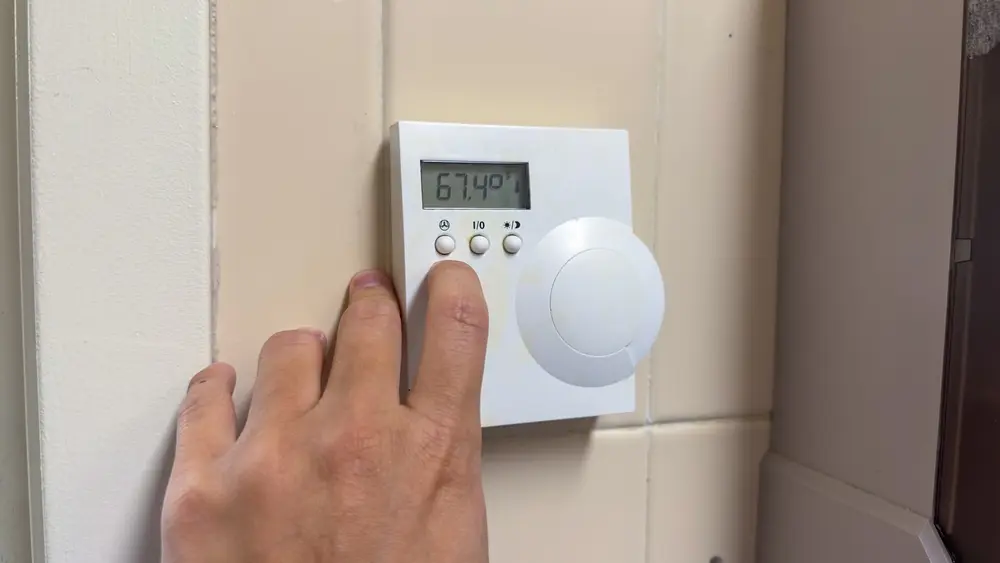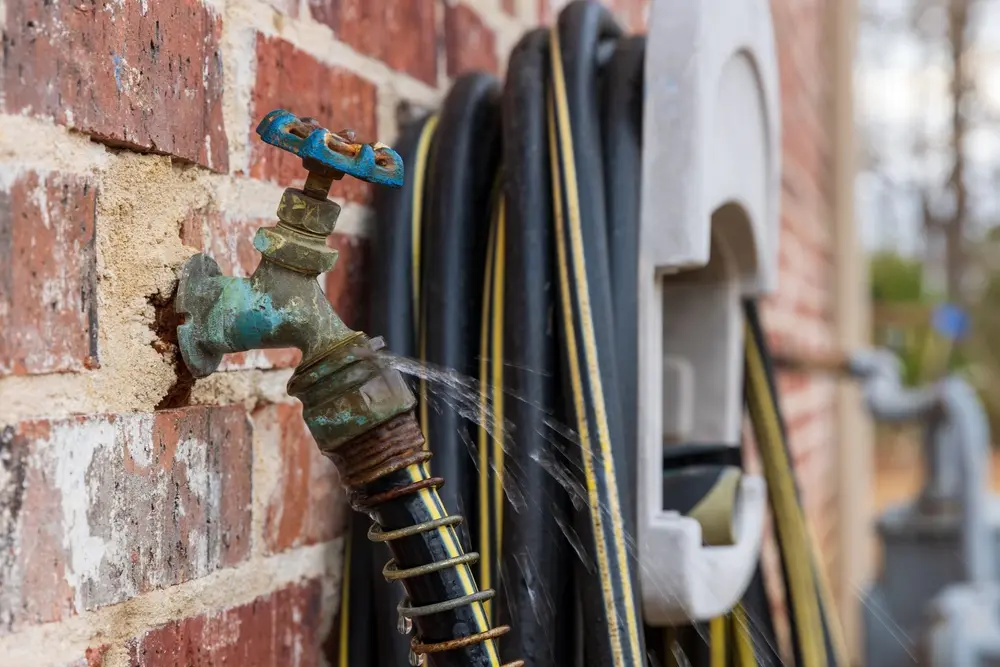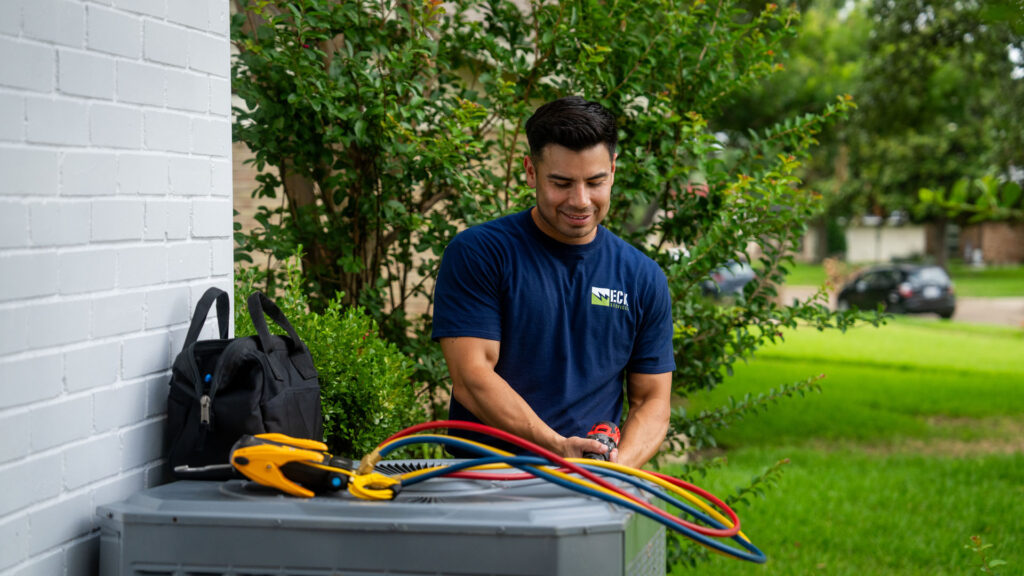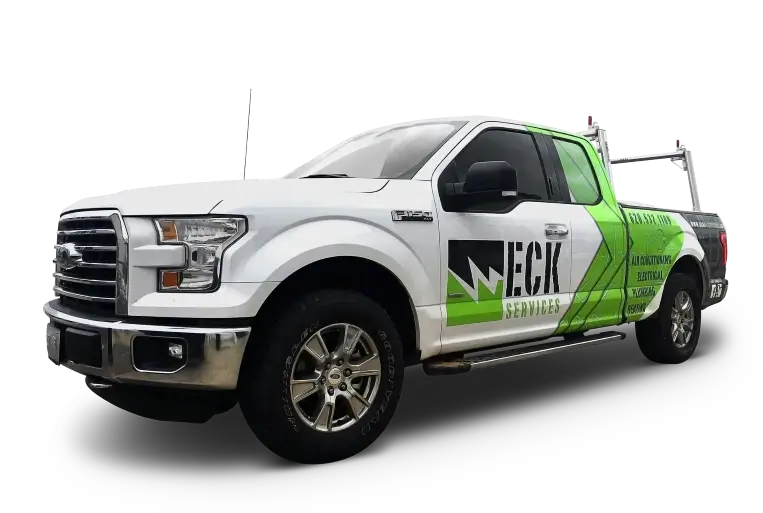Blog
How Much Electricity Do LED Bulbs Use?
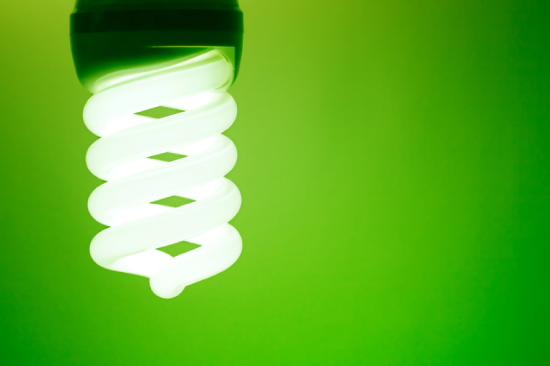
You can spot LED lamps on many residential and commercial properties today. They are the most energy-efficient and economical type of lighting for a variety of different applications. In recent years, the cost of LED bulbs has been dropping because of their rapid adoption by consumers. Some homeowners prefer LED lighting for its higher quality illumination. LEDs also have many other advantages. Read on to find out how much energy you can save.
How Is LED Different From Other Types of Lighting
Before the advent of the LED lamp, most homes had incandescent or fluorescent lighting. LED lighting employs technology more efficiently than traditional alternatives.
An incandescent bulb has a filament that gives off light when current passes through it. It works by heating the filament until it produces light. Unfortunately, the process consumes a lot of electricity. Filament lamps also have a shorter lifespan than LED bulbs, lasting approximately 1,000 hours.
Fluorescent lights have a longer lifespan and consume less power than their incandescent counterparts. Fluorescent bulbs can produce more than five times the lumens per watt compared to conventional lighting. They have a lifespan of 6,000 to 15,000 hours depending on their quality.
But despite the advantages of fluorescent light, LEDs can outperform most modern bulbs. They have an efficiency of up to 200 lumens per watt, five times the light from a regular fluorescent. An LED lamp can have a lifespan of up to 25,000 hours. That means they have double the lifespan of a CFL (compact fluorescent lamp).
Do LEDs Consume a Lot of Energy?
A light-emitting diode is a semiconductor that emits light when current passes through it. LEDs can generate different types of colors depending on the band range of the semiconductor material. For residential lighting, LEDs produce high-quality white light for a wide range of applications.
At 200 lumens per watt, LEDs are the best choice for energy savings. A 50-watt incandescent light bulb can produce 500 lumens. That requires approximately 450 kWh of power per year.
A 10-watt LED will still produce more brightness than a 50-watt incandescent bulb. It will also use approximately 100 kWh of energy annually compared to 450 kWh for incandescent lamps. With LED lighting, you can get more light and reduce your electrical consumption without having to replace the bulb monthly.
Are LEDs a Worthwhile Investment for Energy Savings?
LEDs produce light by passing a current through a semiconductor material, which does not generate a lot of heat. The energy lost in the process is negligible. That means there is no heat to increase the temperature in the room. This feature make them suitable for a wide range of indoor applications.
The heat from incandescent and fluorescent bulbs may force your air conditioner to run more frequently. LEDs are a better choice when you need indoor lighting in the summer. Their energy-saving benefits also make them suitable for the kitchen or bedroom.
The heat from classic bulbs is uncomfortable, making them impractical for indoor applications such as task lighting. Incandescent bulbs are also not as physically robust as a regular LED lamps. Traditional bulbs often burn out when you keep switching them on and off repeatedly.
LEDs are also safer than fluorescent bulbs. CFLs are known to break and release mercury. Light-emitting diodes emit negligible amounts of ultraviolet light radiation in comparison to CFLs. Therefore, installing an LED protects your carpet, window coverings and artwork from damage.
Another critical difference between light-emitting diodes and other lamps is how they direct light. They do not scatter the light they produce. Therefore, there is usually no need for diffusers to capture and redirect the illumination from the lamps.
LEDs are small, and they come in a wide range of styles and designs. Their flexibility enables them to take different forms and structures, offering more design possibilities. They are suitable for unusual applications that require lighting fixtures of varying shapes.
If you'd like to speak with a professional electrician about indoor lighting installations in Kingman, turn to ECK Services. We'd be happy to assist.
Applications of LED Lights
In recent years, LED light bulbs have become popular in residential and commercial buildings. LED lamps are more versatile than other types of bulbs you can find today. LEDs have a cooler operating temperature, greater energy efficiency and the ability to produce light faster. These are some of the features that have made them ideal for a wide range of applications.
Another reason for their popularity is that a light-emitting diode operates on a direct current. You may have noticed that the LED bulb in your home has a circuit. The circuit supplies DC power but also adds controllability to the lamp. LEDs can change the color and the intensity of the light they emit. They can be used as color dimmers to change the ambiance and mood in your living room, bedroom or bathroom.
Since LEDs are robust and durable, they make high-quality signal indicators. Other types of lamps will blow out with the constant blinking and flashing, but light-emitting diodes can generate light faster than other technologies. Their controllability and compact size also make them ideal as lighting for computer keyboards and automobile brake lights.
Thanks to their cool-temperature performance, LEDs are the best choice for workspaces and kitchens. Incandescent and fluorescent bulbs generate heat and can make working in stuffy environments like the kitchen uncomfortable
It also makes sense for hobbyists and modern farmers to use LED lamps as grow lights. One of their advantages is that they can resist considerably high levels of humidity. The light-emitting diode will also maintain its performance in both hot and cold conditions. They are robust enough to survive even in surroundings where they are subjected to vibrations. The team from ECK Services can assist you with any indoor lighting or electrical wiring project.
How to Choose LED Lights for Energy Savings
LED lamps have many features that could be beneficial for your home, but to maximize the benefits and save energy, you need to understand the different types of LEDs. Omnidirectional LED lamps have clusters of LEDs that spread light over a wide area. Lighting the outdoors requires this type of characteristic. Their durability and energy savings also make omnidirectional LEDs the best choice for security lights.
Dimmable LED lights can produce as much light as a 40-watt incandescent bulb while only consuming a quarter of the energy. You can reduce the light intensity of the lamp to invoke a desired ambiance or mood. You will, however, need to install a dimmer switch to get the lamp's full functionality.
You can replace your incandescent or fluorescent lamps with LEDs, but it is worth noting that some types of bulbs do not work with some fixtures. To avoid safety hazards and inconveniences, you may want to consult a certified electrician whenever you are in doubt.
For indoor and outdoor lighting, wiring, surge protectors, breaker panels, generators and other electrical options, you can rely on ECK Services. Our BBB-accredited company has an A+ rating, and it was the recipient of the Best Electrician Award in 2019. That's not all we do, however. We offer a full line of plumbing and septic services as well. In addition, locals in Kingman, Wichita and Pratt know they can trust us with the installation, repair and maintenance of their heating, cooling and indoor air quality equipment. Call our help desk to experience our outstanding customer service today.

